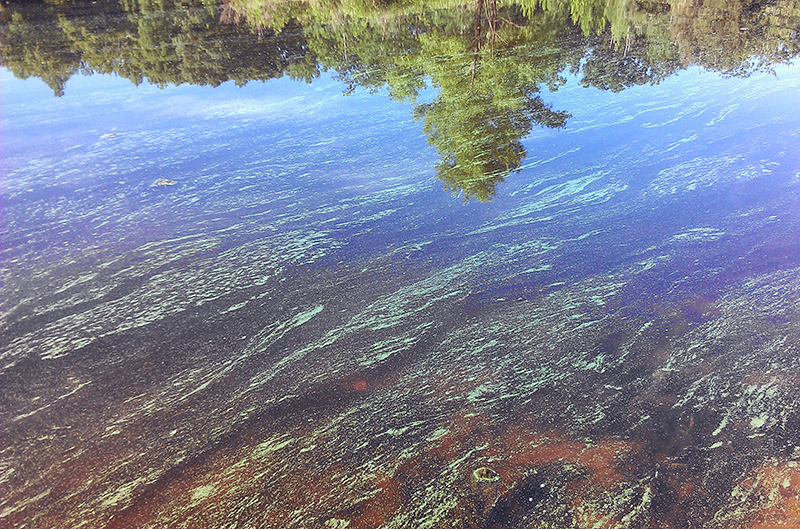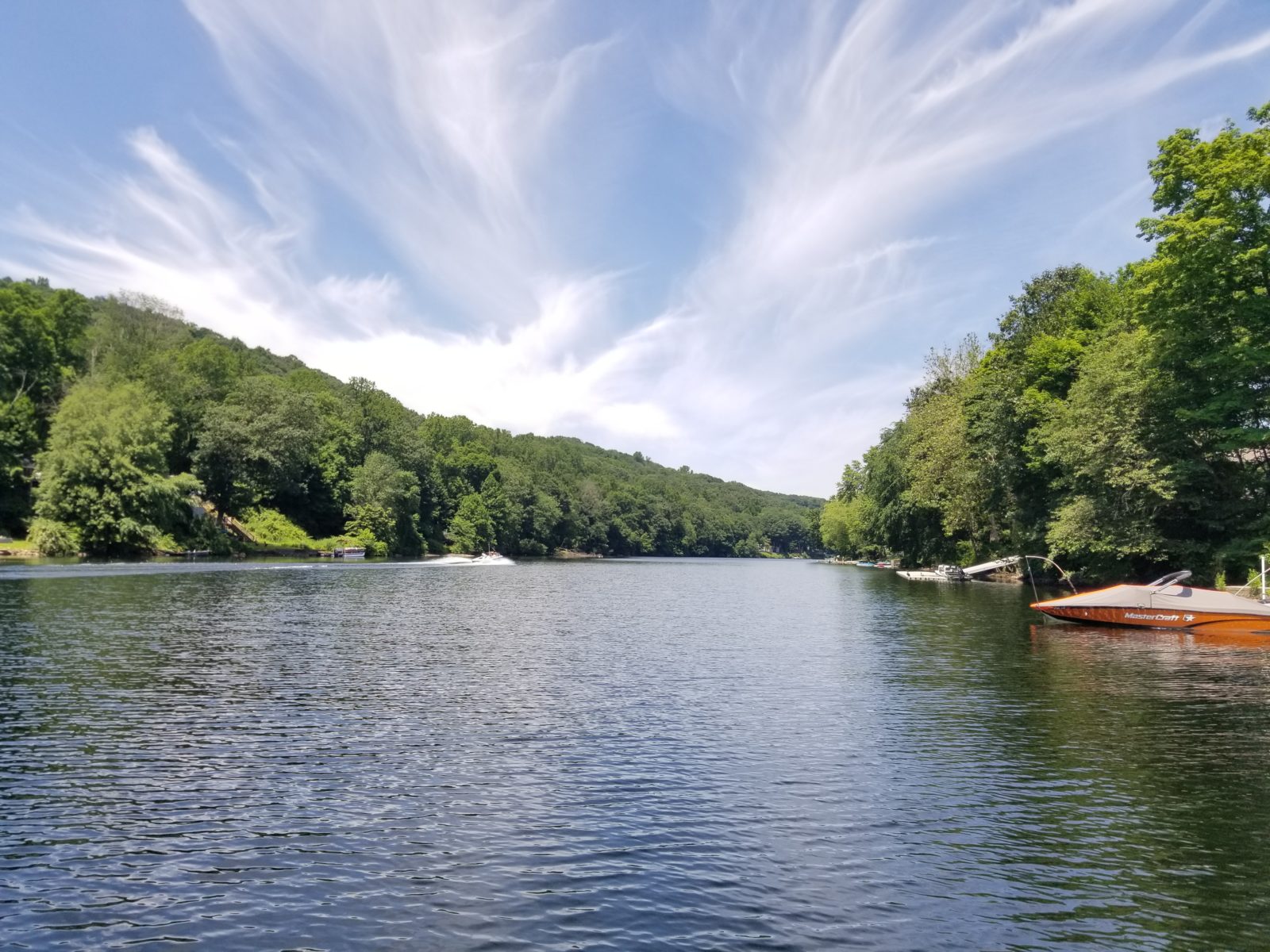Why is Blue-Green Pond Algae Harmful?
November 2nd, 2010
 In recent news, instances of blue-green algae contaminating lakes in upstate New York, Rhode Island, and even as west as Kansas City have been reported. To the naked eye, this substance (also known as cyanobacteria) may not always be visible. However, if the problem is neglected and the pond algae blooms, one is likely to find the surface of a lake or pond thick with a greenish layer of scum. While some might find the colors aesthetically pleasing, blue-green algae is a threat that must be eliminated.
In recent news, instances of blue-green algae contaminating lakes in upstate New York, Rhode Island, and even as west as Kansas City have been reported. To the naked eye, this substance (also known as cyanobacteria) may not always be visible. However, if the problem is neglected and the pond algae blooms, one is likely to find the surface of a lake or pond thick with a greenish layer of scum. While some might find the colors aesthetically pleasing, blue-green algae is a threat that must be eliminated.
How the Algae Can Harm Your Lake
The key word to note here is bacteria. Cyanobacteria is a toxic substance that relies on photosynthesis for growth. Its presence in the water, because of the various toxins produced, have proven harmful to aquatic life and humans. Water affected by blue-green algae is not safe for swimming, cooking, or consumption – even if you boil it first. If you maintain fish stock, it is strongly recommended to apply an algaecide, or have a lake management professional take care of the water for you.
If you need more information on the first steps to take in ridding your water of harmful toxins, SOLitude Lake Management can arrange a test of your water quality and suggest the proper animal-safe chemicals to use to ensure a clean environment.
Contact the experts at 888-480-5253 for all of your lake, pond and fisheries management needs.
Since 1998, SOLitude Lake Management has been committed to providing full service lake and pond management services that improve water quality, preserve natural resources, and reduce our environmental footprint. Services are available throughout the Eastern United States. Fisheries management consulting and aquatic products are available nationwide. Learn more about SOLitude Lake Management and purchase products at www.solitudelakemanagement.com.










